Products
- Rare-Earth Oxides & Compounds products play a crucial role in electronics, communications , advanced aviation, healthcare, and military hardware. UrbanMines suggests various types of rare earth metals, rare earth oxides, and rare earth compounds that are optimal for customer needs, which include light rare earth and medium and heavy rare earth. UrbanMines is able to offer the grades desired by customers. Average particle sizes: 1 μm, 0.5 μm, 0.1 μm and others. Widely used for Ceramics sintering aids, Semiconductors, Rare earth magnets, Hydrogen storing alloys, Catalysts, Electronic components, Glass and others.
-
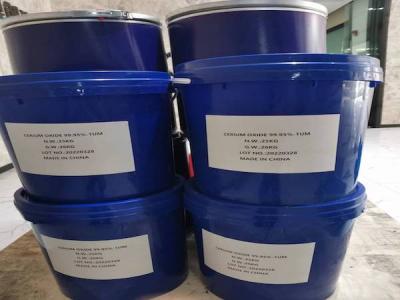
Cerium(Ce) Oxide
Cerium Oxide, also known as cerium dioxide, Cerium(IV) Oxide or cerium dioxide, is an oxide of the rare-earth metal cerium. It is a pale yellow-white powder with the chemical formula CeO2. It is an important commercial product and an intermediate in the purification of the element from the ores. The distinctive property of this material is its reversible conversion to a non-stoichiometric oxide.
-
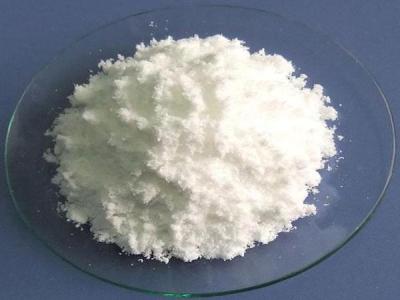
Cerium(III) Carbonate
Cerium(III) Carbonate Ce2(CO3)3, is the salt formed by cerium(III) cations and carbonate anions. It is a water insoluble Cerium source that can easily be converted to other Cerium compounds, such as the oxide by heating (calcin0ation).Carbonate compounds also give off carbon dioxide when treated with dilute acids.
-
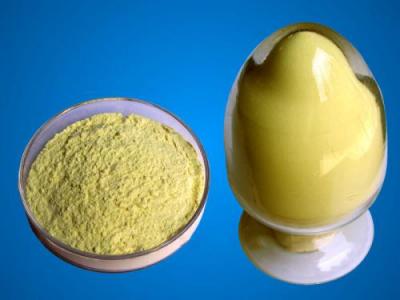
Cerium Hydroxide
Cerium(IV) Hydroxide, also known as ceric hydroxide, is a highly water insoluble crystalline Cerium source for uses compatible with higher (basic) pH environments. It is an inorganic compound with the chemical formula Ce(OH)4. It is a yellowish powder that is insoluble in water but soluble in concentrated acids.
-
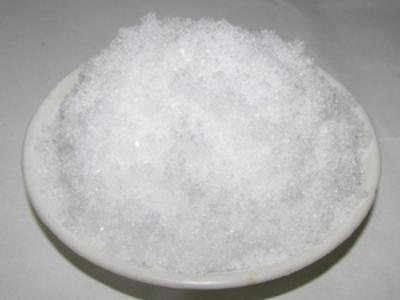
Cerium(III) Oxalate Hydrate
Cerium(III) Oxalate (Cerous Oxalate) is the inorganic cerium salt of oxalic acid, which is highly insoluble in water and converts to the oxide when heated (calcined). It is a white crystalline solid with the chemical formula of Ce2(C2O4)3. It could be obtained by the reaction of oxalic acid with cerium(III) chloride.
-

Dysprosium Oxide
As one of the rare earth oxide families, Dysprosium Oxide or dysprosia with chemical composition Dy2O3, is a sesquioxide compound of the rare earth metal dysprosium, and also a highly insoluble thermally stable Dysprosium source. It is a pastel yellowish-greenish, slightly hygroscopic powder, which has specialized uses in ceramics, glass, phosphors, lasers.
-
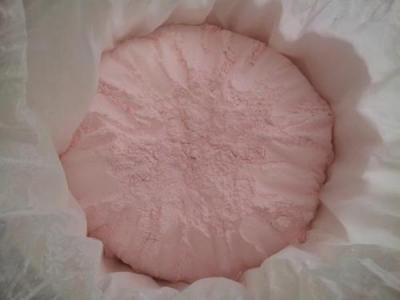
Erbium Oxide
Erbium(III) Oxide, is synthesized from the lanthanide metal erbium. Erbium oxide is a light pink powder in appearance. It is insoluble in water, but soluble in mineral acids. Er2O3 is hygroscopic and will readily absorb moisture and CO2 from the atmosphere. It is a highly insoluble thermally stable Erbium source suitable for glass, optical, and ceramic applications. Erbium Oxide can be also used as a flammable neutron poison for nuclear fuel.
-
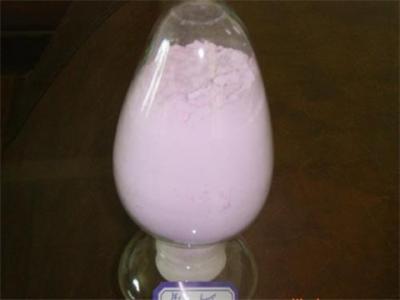
Europium(III) Oxide
Europium(III) Oxide (Eu2O3) is a chemical compound of europium and oxygen. Europium oxide has also other names as Europia, Europium trioxide. Europium oxide has a pinkish white color. Europium oxide has two different structures: cubic and monoclinic. The cubic structured europium oxide is almost same as magnesium oxide structure. Europium oxide has negligible solubility in water, but readily dissolves in mineral acids. Europium oxide is thermally stable material that has melting point at 2350 oC. Europium oxide’s multi-efficient properties like magnetic, optical and luminescence properties make this material very important. Europium oxide has an ability to absorb moisture and carbon dioxide in atmosphere.
-
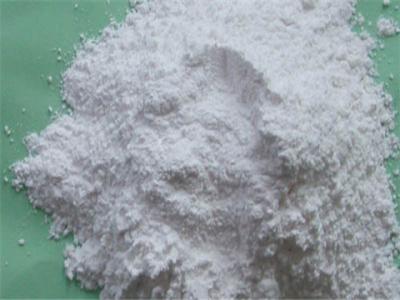
Gadolinium(III) Oxide
Gadolinium(III) Oxide (archaically gadolinia) is an inorganic compound with the formula Gd2 O3, which is the most available form of the pure gadolinium and the oxide form of one of the rare earth metal gadolinium. Gadolinium oxide is also known as gadolinium sesquioxide, gadolinium trioxide and Gadolinia. The color of the gadolinium oxide is white. Gadolinium oxide is odorless, not soluble in water, but soluble in acids.
-
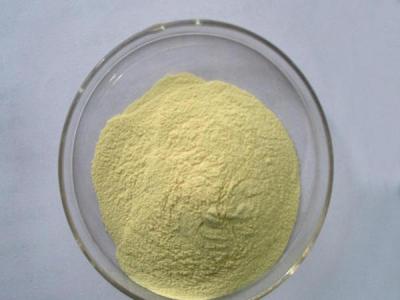
Holmium Oxide
Holmium(III) oxide, or holmium oxide is a highly insoluble thermally stable Holmium source. It is a chemical compound of a rare-earth element holmium and oxygen with the formula Ho2O3. Holmium oxide occurs in small quantities in the minerals monazite, gadolinite, and in other rare-earth minerals. Holmium metal easily oxidizes in air; therefore presence of holmium in nature is synonymous with that of holmium oxide. It is suitable for glass, optic and ceramic applications.
-
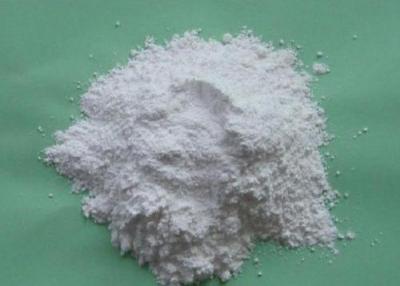
Lanthanum(La)Oxide
Lanthanum Oxide, also known as a highly insoluble thermally stable Lanthanum source, is an inorganic compound containing the rare earth element lanthanum and oxygen. It is suitable for glass, optic and ceramic applications, and used in some ferroelectric materials, and is a feedstock for certain catalysts, among other uses.
-
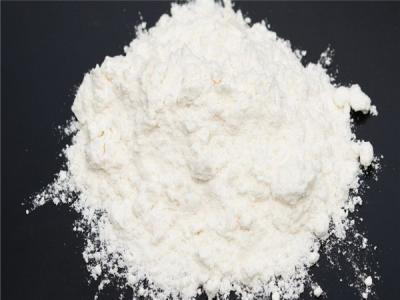
Lanthanum Carbonate
Lanthanum Carbonate is a salt formed by lanthanum(III) cations and carbonate anions with the chemical formula La2(CO3)3. Lanthanum carbonate is used as a starting material in lanthanum chemistry, particularly in forming mixed oxides.
-

Lanthanum(III) Chloride
Lanthanum(III) Chloride Heptahydrate is an excellent water soluble crystalline Lanthanum source, which is an inorganic compound with the formula LaCl3. It is a common salt of lanthanum which is mainly used in research and compatible with chlorides. It is a white solid that is highly soluble in water and alcohols.

















